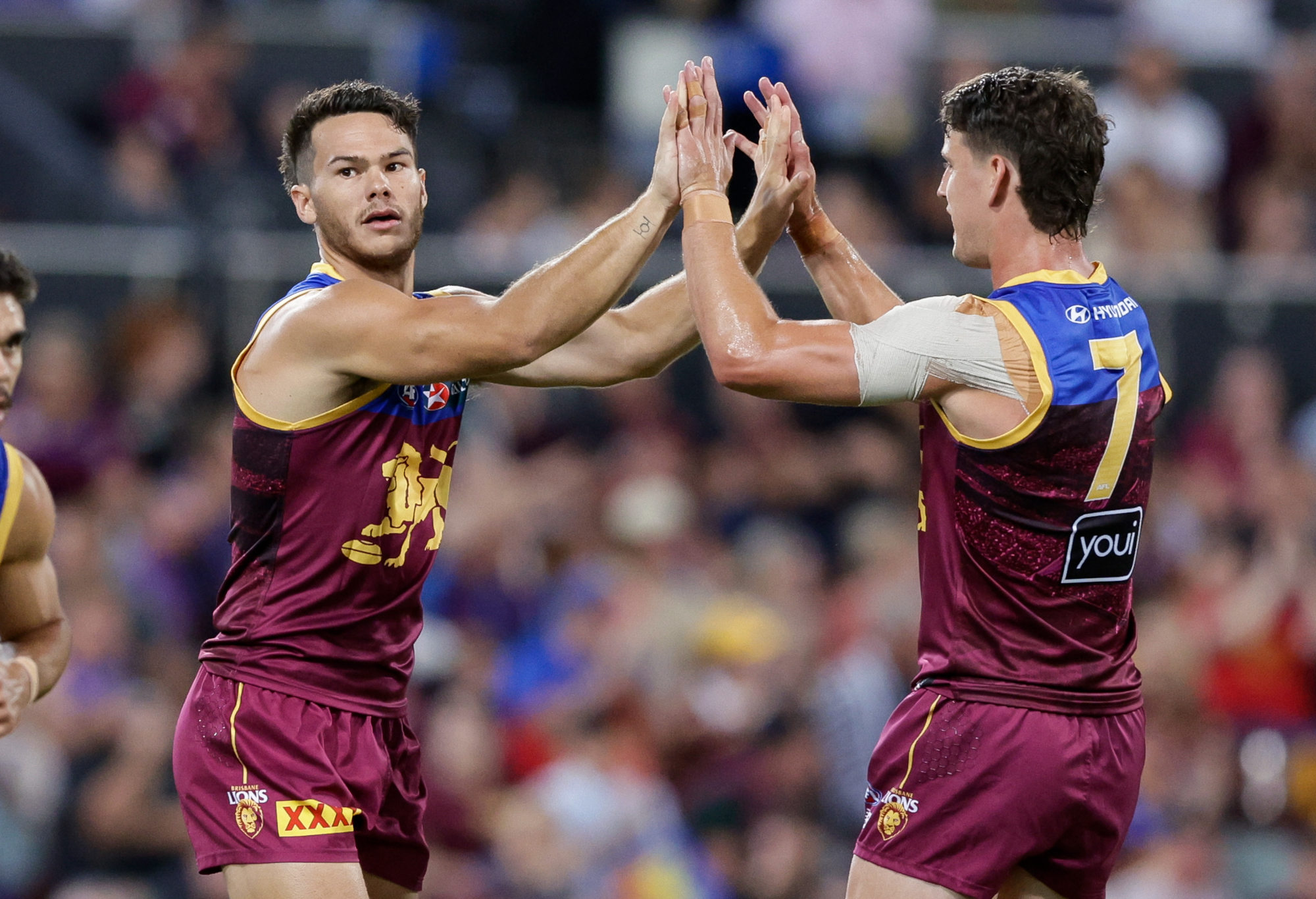The AFL is going to go ahead with a Tasmanian team at some point in the near future. That will give the competition 19 teams, along with the dreaded bye, and naturally attention turns to where a 20th team will be based to even things out.
It’s the wrong conversation.
Rather than focussing on where a 20th team may be squeezed in, we should be working out how to whittle the league back down to 16 clubs.
18 teams are already too many for a professional football league in a country of 25 million people. America has over 330 million people, for only 32 teams in the NFL.
The culture of the NFL is different too. The 32 teams are split into two conferences of 16, and winning a conference championship is regarded as a celebration almost on par with winning a premiership in the AFL. Even being a divisional champion is worthy of respect and acclaim.
In the AFL, a losing grand finalist is usually seen as a failure, and often a humiliating one at that. The same goes for losing preliminary finalists, let alone those not even getting that far or failing to make the eight.
Right now, we are seeing a remarkably long tail in the AFL. West Coast, Hawthorn and North Melbourne are having long patches where they are simply uncompetitive, both week to week and for what will surely be months at a time. We have too few quality players, spread over too many teams.
So, how to cull back to 16?
Firstly, we assess which clubs are safe. Western Australia and South Australia have proven that they are viable two-team states, even if Fremantle has largely had a pathetic existence. Sydney and Brisbane represent major cities and have established themselves in those markets.

(Photo by Russell Freeman/AFL Photos via Getty Images)
In Victoria, Richmond has been the biggest club of the last half-decade, with Collingwood nipping at their heels. Carlton and Essendon have enough latent support to sustain themselves if they ever get back to making finals, let alone winning them.
Melbourne also stands for a city, and it’s hard to imagine folding or uprooting them given their long and successful history, also having tasted recent glory. Geelong have the most unique circumstances of any club as a regional-based entity, which they fully capitalise on which ensured their future.
Hawthorn, as the most successful club of the last 40 years, deserves to stay as they are.
So that leaves the stragglers – the most recent expansion clubs GWS and Gold Coast, plus minnows like North Melbourne, St Kilda and the Western Bulldogs.
University lasted seven seasons in the VFL before being summarily dismissed for being uncompetitive. No one wanted a team on the Gold Coast, they’ve been in for almost half the time that University received, and their on-field and off-field existence has been a spectacular failure. The Suns can only get offcuts to go to them and rarely hold onto drafted talent worth keeping.
GWS has at least had a measure of on-field success, making a grand final in 2019 to go with prelims in 2016 and 2017. But in their 12th season, they can’t even get crowds of 10,000 people to their Sydney home games, three times this year they have failed to reach that mark. And most of those that do go are either Victorian neutrals that just want to watch some footy or interstate supporters of the travelling team. Their players have also always left in droves.
The only legacy Andrew Demetriou leaves from both of these clubs is a stain on the competition that is over a decade and counting.
No one will miss Gold Coast and GWS if they were to disband and think of how much stronger every other club would be by drafting their players. Sydney and Brisbane, operating in tough markets already, would get much stronger.
That leaves one club to relocate to Tasmania, and the options are North Melbourne, Western Bulldogs and St Kilda.

Dejected St Kilda players walk from the ground. (Photo by Darrian Traynor/Getty Images)
The obvious choice is the Saints.
St Kilda have always been nomads, starting at the Junction Oval and coming back a couple of times after shifts away, moving to Moorabbin, then Waverley Park, then on to Docklands. They were one of the first teams to venture into Tasmania to play home games and they have also gone to New Zealand in the past to establish new ground.
Even in the last 20 years, they moved their training base away from what was supposed to be their spiritual home of Moorabbin and set up shop on the Mornington Peninsula, before coming back again, tail between legs. Their Moorabbin home ground isn’t even in St Kilda, which is the laughable thing.
On-field or off, wherever they’ve been based, the Saints have a history of nothing more than failure. One premiership in 125 years screams just that. The one thing they do have is a long association with Tasmanian players – Darrel Baldock, Ian Stewart, Verdun Howell, Barry Lawrence, Jim Ross, and of course, Nick Riewoldt.
A fruit tree must be pruned back in order to promote the healthy fruit to grow. The same must apply to the AFL. A more concise product will generate a more engaged audience, and the overall health of the competition will be stronger.
Remove GWS and Gold Coast, and say good riddance to bad rubbish. St Kilda has had 125 years to prove itself and wasn’t up to the task. Give them a refresh, put them in Tasmania, and then welcome a 16-team competition that would make the AFL the strongest and most relevant it’s ever been.






























































































